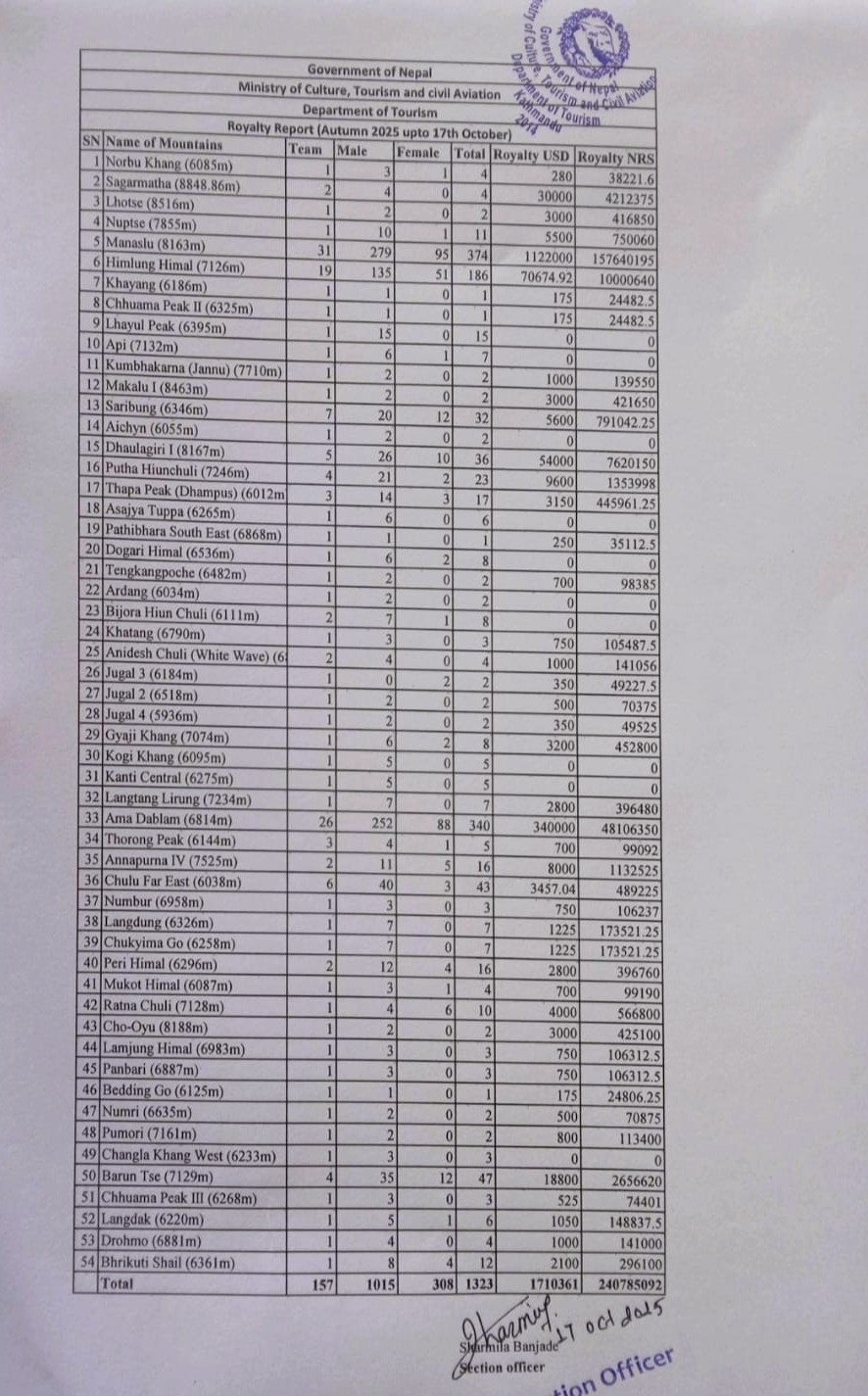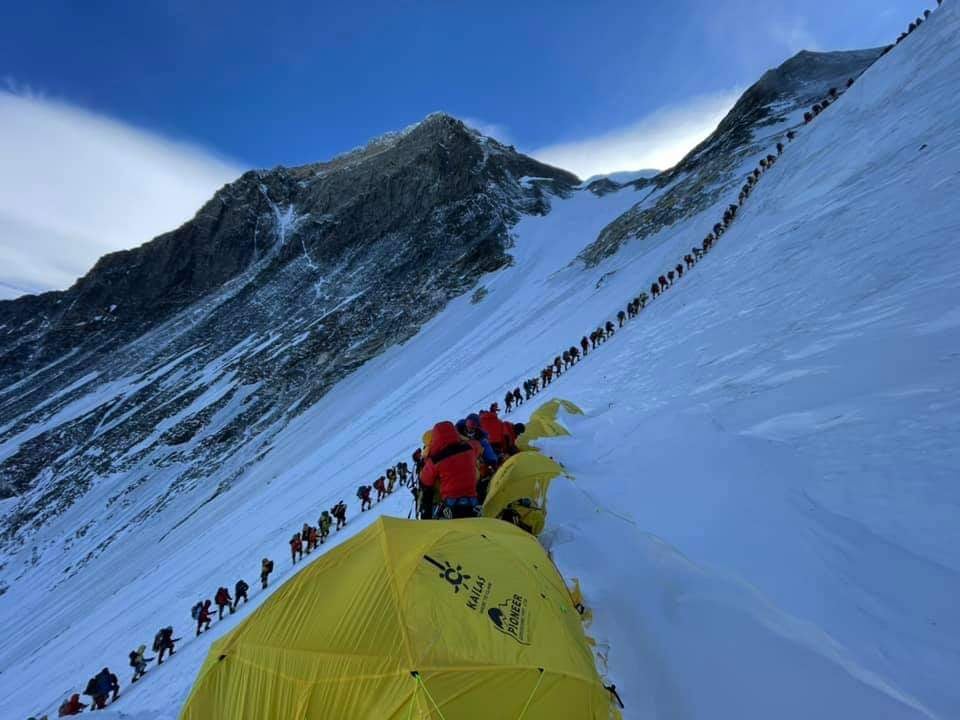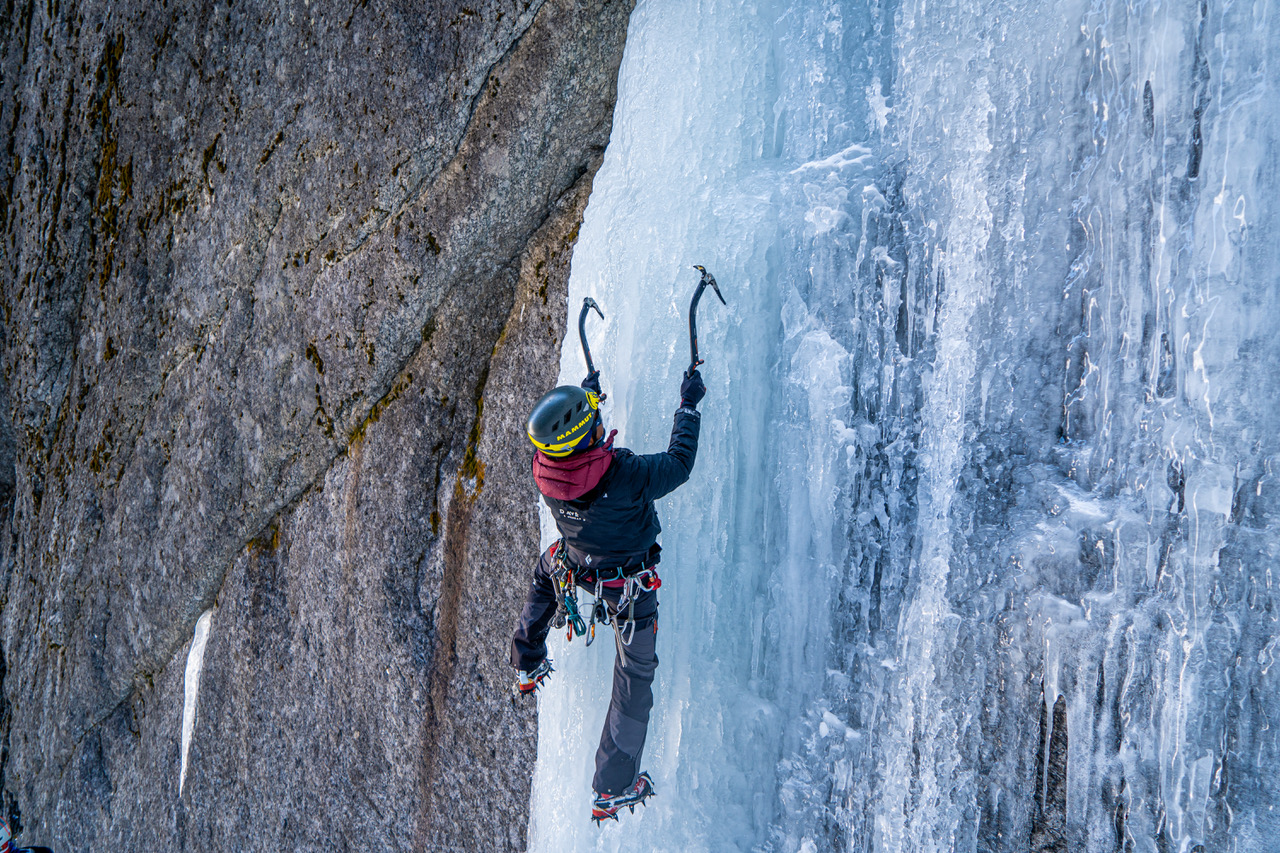Nepal’s autumn climbing season sees steady surge in global interest
Tourism Department’s data shows steady influx of climbers in autumn season, as improved logistics, diverse peaks, and trained guides help reshape Nepal’s mountaineering calendar beyond the traditional spring rush.
Nepal’s spring climbing season draws the highest number of mountaineers, largely because most expeditions to Mount Everest and its neighboring peaks are scheduled during that period.
But a new government data shows the country’s autumn season is increasingly attracting climbers, signaling a shift in global mountaineering trends.
According to the Department of Tourism, a total of 1,323 climbers from 79 countries have received permits to scale Nepal’s peaks this autumn as of October 17, 2025.
The number is only slightly lower than the 1,380 climbers recorded in the same period last year, reflecting steady interest despite Gen Z uprising, unpredictable weather patterns and global economic upheaval.

The figures show that 308 women and 1,015 men obtained climbing permit this season, distributed across 157 climbing teams. The United States, China, Germany, and the United Kingdom account for the largest number of climbers.
The department collected more than USD 171,036 in royalties, equivalent to 24.7 million Nepalese rupees, from autumn climbing permits. Peaks such as Manaslu (8,163m), Himlung Himal (7,126m), and Khang (6,816m) were among the most popular destinations this season, drawing dozens of international expeditions.
“Autumn climbing was busy despite various crisis,” said Mingma Sherpa of Seven Summit Treks. “There is every reason to believe that things will be better.”
Expedition operators say the growing appeal of autumn climbs reflects an evolving mountaineering industry in the country. DoT officials and guides say that expeditions, unlike in the past, can now be organized almost year-round largely due to the shift to better logistics supported by helicopters, an expanding pool of trained Nepali guides, and greater experience in managing routes beyond Everest.
While spring remains dominant for Everest and other eight-thousanders due to more stable conditions at extreme altitudes, many peaks across western and central Nepal are increasingly seen as better suited for autumn weather windows, when winds are lower and visibility improves.
Nepal, home to eight of the world’s 14 peaks above 8,000 meters, continues to diversify its mountaineering offerings beyond the Everest region. Local operators have also benefited from a growing number of climbers seeking quieter alternatives to the crowded spring routes.
The Department of Tourism data show a slight increase in the number of climbers up from 1,326 persons last year to 1,380 persons this autumn.
Royalty revenue from climbing permits remained strong, totaling 86.3 million rupees last year compared to 85.9 million rupees the year before.
Officials say this marginal, yet steady gains highlight consistent interest in Nepal’s mountains and the growing ability of local agencies to attract climbers even outside the traditional spring season.
The trend suggests Nepal’s mountaineering calendar is no longer confined to one peak or one season.








